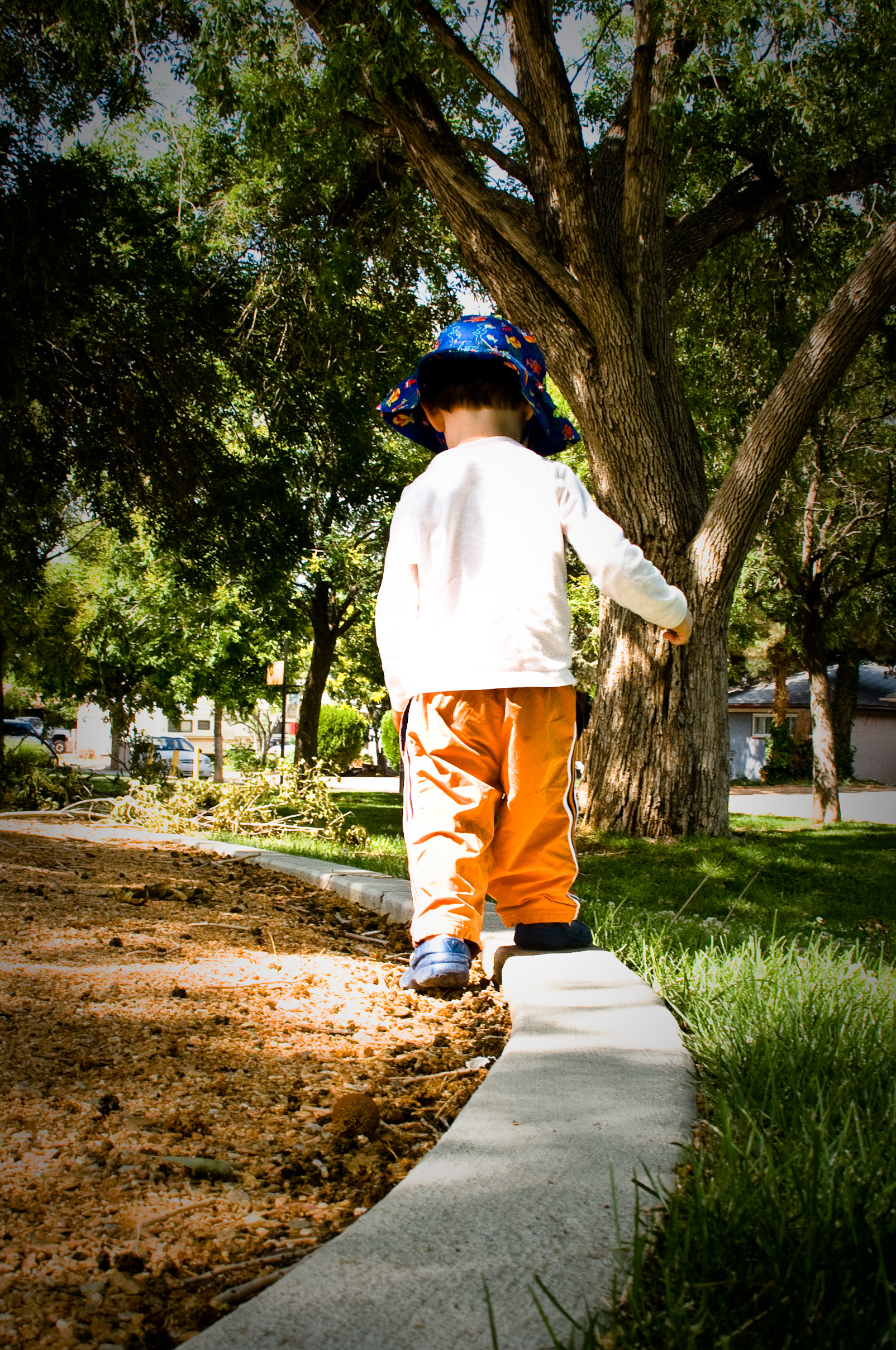I don’t think I’m all that different from others when it comes to photography, motivation, and inspiration. I like to look at photography books, browse the web, click through Flickr, flip through National Geographic Magazine; I get inspired and motivated by all the amazing images, especially those from distant and exotic locales. These images draw me to my camera wanting to make similarly themed images. That can be a problem.
You see, I realized something yesterday evening as I watched an episode of Art Wolfe’s “Travels to the Edge” series on PBS: he travels far (and I mean very far) and wide to capture those stunning images of Bhutan, Nepal, Tibet, Patagonia, India, etc. And I want to do the same, although without endless hours in an SUV over bad roads. But I am constrained in my travels and wanderings by having a young family, something I would never trade for Wolfe’s lifestyle. And that leaves me constrained photographically if I want to photograph exotic locales. So, what to do?
Well, there is an old adage that says “happiness doesn’t come from getting what you want; happiness comes from wanting what you’ve got.” Easier said than done, but that doesn’t diminish the truth in the statement. And I think this adage applies to photography as well. If you cannot go photograph what you want, go photograph what you have available. For me, this means my kids, my wife, my backyard, and whatever stuff I have hanging around the house.
Now don’t get me wrong, I love photographing my kids. But I have often considered those images snapshots and not really what I want to be communicating with my photography. However, I have learned a lot about photography by simply snapping images of my kids. I’m much faster at setting my camera settings (I shoot a Nikon D300 which means I can’t just pop it on full-auto and snap away; I have to manually set ISO, metering system, auto focus system, etc.) in order to keep up with a fast moving toddler, in changing light, in often messy environments. I am also learning to work under direction more as my wife often prompts me to take “this shot”, “that way”, in “this setting”. After watching an episode where Art Wolfe shows the production team at work behind the scenes I realize this ability might come in handy for me if I ever reach the same status.
I am also honing my post processing skills. All the tips suggested by professional photographers on how to enhance images in the wet or digital darkroom still apply, even if the image is of a 2 year old messily eating the season’s first tomato. I sit at my computer and ask myself, “what am I attempting to convey in this image?” “what is the theme here?” “how can I improve this image to draw the eye where I want it to go?” “what can I do to minimize the distractions in the frame, or eliminate them altogether?”
I may not be photographing Tibetan Buddhist monks performing prostrations in a monastery high in the Himalayas, the mountains of Torres del Paine in Patagonia, or classic American cars in Havana, but I am practicing my skills and my craft by shooting what I’ve got. And that will make all the difference when I unfold myself out of the back of an SUV after a long bumpy ride, on bad roads, to someplace distant, and exotic.

